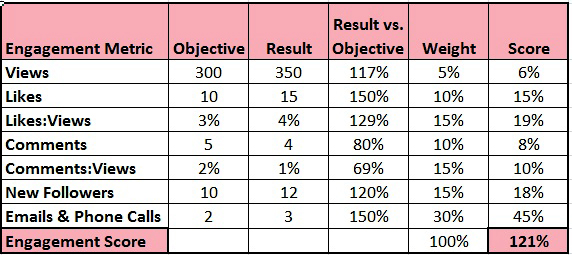However you define success, achieving that success generally requires the ability to build relationships. Talent and hard work can give you a leg up but to achieve high levels of success requires the help, support and cooperation of others.
You’ve heard the adage “It’s not what you know, it’s who you know.” When it comes to your success, it’s more about who is willing to help you.
Building relationships means investing in others consistently with a giving attitude unhindered by the expectation of getting something in return. Sow enough seeds and you’ll grow mutually beneficial relationships with the right people.
Consider my R.E.S.P.E.C.T. formula for acting in ways that build the right relationships. More than just an acronym, the overarching theme embedded in this approach is to give respect.
R: Reliability
I have great news for you. One of the most important elements of building relationships also happens to be one of the easiest. Be reliable. Others love it and so do you. The bar is set pretty low in this regard so you can easily stand out simply by responding to communications promptly, doing what you say you’ll do and showing up on time. Reliability builds trust, an essential ingredient in the best relationships.
E: Engagement
Don’t wait for good things to happen, make them happen by reaching out and creating opportunities to move your relationships forward. Be the one who initiates. Just like being reliable, simply keeping in touch is another easy way to stand out.
S: Simplification
There are people who have a knack for simplifying things and making problems go away. Then there are those who make things more complicated and create problems. Whose company would you rather keep? Solve problems and create value. Eliminate sources of irritation, don’t be one!
P: Promotion
Embrace opportunities to do things that promote the interests of others. Make introductions, provide counsel and insights, share useful information, do favours and make yourself available to those who need your help.
E: Enthusiasm
There are two levels of enthusiasm, internal and external. Internal enthusiasm feeds your energy to do the things you need to do. External enthusiasm is about how you express it. Channel that inner enthusiasm towards things that are beneficial to building your relationships and share your enthusiasm so others feel it. Enthusiasm is contagious!
C: Communication
Good communication means clearly expressing perspectives, needs and expectations. Whether speaking or writing, choose unambiguous language and avoid jargon. Great communication requires listening. Don’t deliver a monologue, engage in a dialogue. Listen actively, ask good questions and confirm you’ve reached a shared understanding of your discussion.
T: Thankfulness
Last but not least, be appreciative. Don’t take the time, support and opportunity others give you for granted. Express your thanks in words and in actions by reciprocating when you can. The best relationships are a two-way street.
I haven’t suggested anything you don’t already know. The challenge is to practice these habits consistently and to live up to our own standards. Invest in your success with R.E.S.P.E.C.T., your seven point plan for building relationships!
What do you feel are the key ingredients in building relationships? Would you add anything to the seven elements I’ve suggested?








